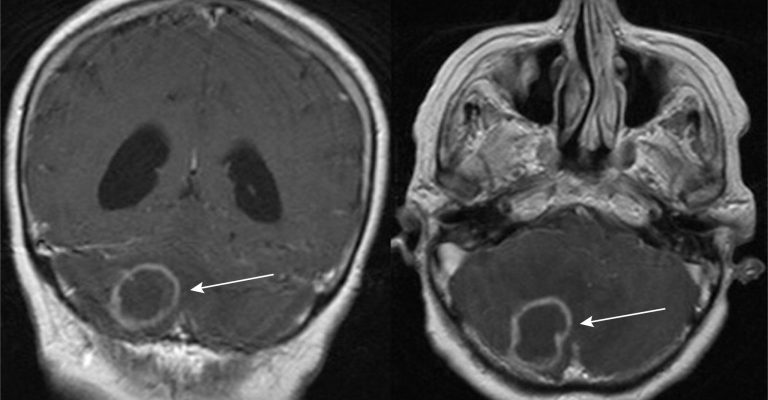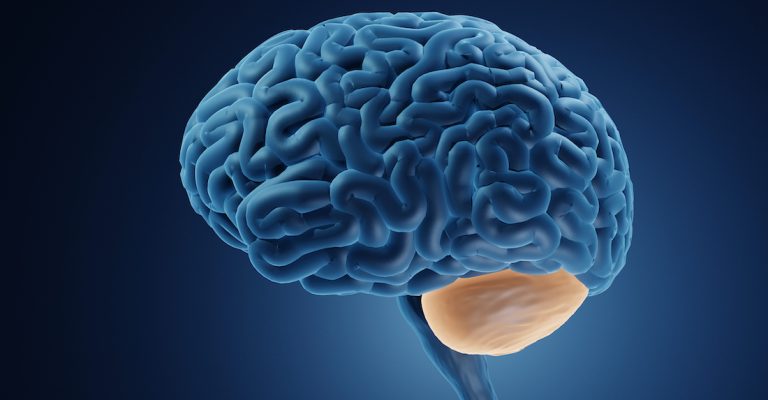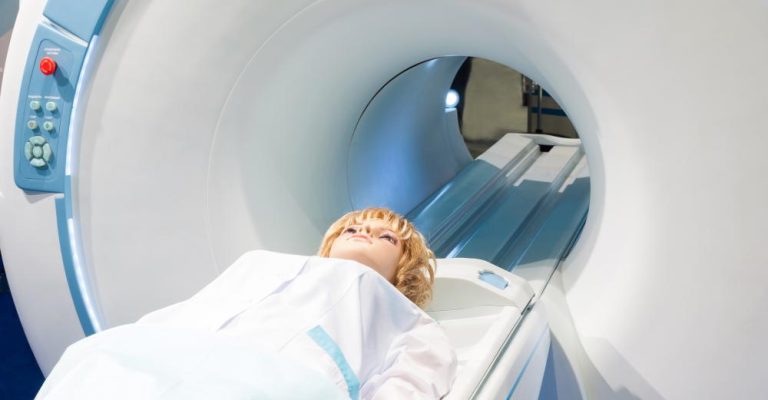
Although cerebellar brain injury is uncommon, the consequences may be severe. Damage to the cerebellum causes substantial motor, visual, and cognitive impairments. Individuals may be able to regain impaired functions with the right therapy.
In this post, we’ll look at the implications of cerebellar brain injury and therapy options to help you recover.
The cerebellum (Latin for “small brain”) is found at the brain’s base, just behind the brain stem. While the cerebellum only accounts for roughly 10% of the brain’s mass, it includes anywhere from 50% to 80% of the brain’s total number of neurons (brain cells).
The cerebellum coordinates voluntary motor action, balance and equilibrium, and muscle tone.
The cerebellum is responsible for movement coordination, balance and equilibrium, and muscle tone. However, it also has a wide range of cognitive, linguistic, and emotional functions.
Anoxic brain injury, neurodegenerative illnesses, or infection are all common causes of cerebellum brain damage. Alcoholism may also wreak havoc on the cerebellum.
When the cerebellum is damaged, the signals it transmits throughout the body weaken or stop completely. This disturbance is what causes the different secondary symptoms of cerebellar injury.
A cerebellar injury may result in a variety of symptoms. The following are some of the most prevalent secondary outcomes of cerebellar brain damage:

The cerebellum transmits inhibitory or excitatory impulses to different muscle groups to fine-tune movements. Damage to the cerebellum causes the timing of instructions delivered from the cerebellum to the afflicted muscles. This causes apraxia or a loss of coordination.
Apraxia may impact any movement that needs coordination, making many ordinary tasks difficult. Many people with apraxia walk with a broad, faltering stride and take longer to accomplish basic actions.
Apraxia may also impact your face muscles and even your tongue, resulting in slurred speech and swallowing difficulties.
Other motor symptoms caused by cerebellar brain loss include:
The extensive range of motor problems that might arise as a result of cerebellar brain loss demonstrates the cerebellum’s role in many complex motor activities.

Cerebellar injury may cause severe balance problems since equilibrium is dependent on the continued cooperation of multiple muscle groups. This might make it difficult to move, climb stairs, or shift positions.
You may have difficulty sitting or standing up straight, or you may have dizziness.
The cerebellum is not only important for coordinating and refining muscular movements in the body, but it is also in charge of managing eye movements. The eye may exhibit fast, uncontrollable movements after cerebellar brain injury, a phenomenon known as nystagmus.
After cerebellar damage, a person with nystagmus may experience three forms of eye movement:
It is worth noting that the cerebellum also aids in the regulation of other visual processes, such as the vestibule-ocular reflex (VOR). The VOR is what enables you to keep viewing a steady image even as you move about.
The cerebellum coordinates the muscles involved in voice articulation as well as certain cognitive components of language.
Ataxic dysarthria is a frequent speech impairment related to cerebellar brain injury.
Ataxia is defined as a loss of motor control, and dysarthria is defined as difficulty coordinating the muscles involved in speech. This may result in sluggish, slurred, and/or disorganized scanning speech.

Although cerebellar brain injury was previously assumed to solely influence motor activities, research has demonstrated that it may also disrupt cognitive processes.
You may enhance your cognitive skills by combining speech therapy activities with cognitive rehab exercises.
Damage to the cerebellum causes the messages that the cerebellum is in charge of sending. Because the cerebellum is so important in motor coordination, this usually signifies that muscles aren’t getting the messages they need to coordinate movements.
Individuals must thus strengthen communication between their brain and the rest of their body in order to regain impaired functions. This is accomplished by doing repetitive workouts that promote neuroplasticity, the brain’s inherent healing process.
When you practice a skill, your brain builds neural connections linked with that activity, even if you don’t do it flawlessly. These routes will get stronger as you practice. The brain may recover its capacity to readily employ these new neural connections over time, enabling you to coordinate movement once again.
Because cerebellar brain loss affects each individual differently, the therapy necessary for recovery may differ. However, most people who have suffered cerebellar brain injury benefit from physical, occupational, and/or speech treatment. Each of these treatments aims to enhance healing by activating neuroplasticity.

Physical therapists may concentrate on retraining the brain to improve balance and coordination. To improve functional recovery, they may employ strengthening exercises and gradually increasingly difficult tasks. Some physical therapists specialize in vestibular treatment, which may assist people with dizziness and balance issues.
Occupational therapists assist people in carrying out their regular duties. They may advise people with apraxia to practice each phase of activity independently before combining them all together. They could also suggest compensating measures and adapted equipment. Some occupational therapists specialize in vision therapy, which may assist with nystagmus and other visual issues.
Speech therapists may help patients with ataxic dysarthria improve the coordination of their mouth musculature. They may also aid in the recovery or replacement of lost cognitive skills.
The more you use afflicted functions; the more your brain will establish new neural connections to encourage improvement.
Damage to the cerebellum causes significant issues with muscular coordination. Fortunately, there is hope for healing.
Engaging your brain’s neuroplasticity is the key to mending any brain damage, including cerebellar lesions. Daily therapeutic exercises may help you improve your balance, coordination, and cognitive abilities. Depending on the severity of your injuries, you may even heal completely.